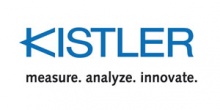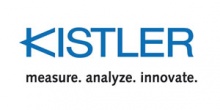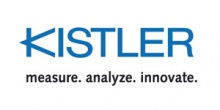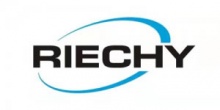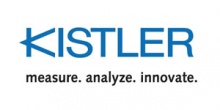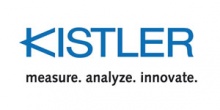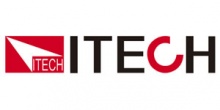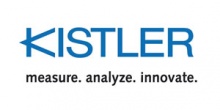MIT, Stanford and Toyota using AI to predict battery lifespan

Scientists at MIT, Stanford University and the Toyota Research Institute (TRI) have published research detailing a system to predict the useful life of lithium-ion batteries before their capacities begin to decline.
After the researchers trained their machine learning model (a combination of comprehensive experimental data and artificial intelligence) with a few hundred million datapoints, the algorithm predicted how many more cycles each battery would last, based on voltage declines and a few other factors among the early cycles. The predictions were within 9% of the actual cycle life.
Separately, the algorithm categorized batteries as either long or short life expectancy based on just the first five charge/discharge cycles. Here, the predictions were correct 95% of the time. This machine learning method could accelerate R&D for new battery designs, and reduce the time and cost of production.
“The standard way to test new battery designs is to charge and discharge the cells until they die. Since batteries have a long lifetime, this process can take many months and even years,” said co-lead author Peter Attia, Stanford doctoral candidate in materials science and engineering. “It’s an expensive bottleneck in battery research.”
The work was carried out at the Center for Data-Driven Design of Batteries. The Stanford researchers, led by William Chueh, assistant professor in materials science and engineering, conducted the battery experiments. MIT’s team, led by Richard Braatz, professor in chemical engineering, performed the machine learning work. Kristen Severson is co-lead author of the research. She completed her PhD in chemical engineering at MIT last spring.
Study co-authors Muratahan Aykol and Patrick Herring brought TRI’s experience with big data to the project (and their own expertise in battery development) to enable effective management and seamless flow of battery data, which was essential in the creation of accurate machine-learning models for the early prediction of battery failure.
The research has many potential applications according to Attia. It could, for example, shorten the validation time for new chemistries. Manufacturers could also use the sorting technique to grade batteries – those with longer lifetimes could be used in more demanding applications (such as electric vehicles) and therefore sold at higher prices. Recyclers could use the technology to assess cells in used EV battery packs, determining if they have enough life for secondary uses.
The research is part of TRI’s Accelerated Materials Design and Discovery (AMDD) program. Led by program director Brian Storey, the US$35m initiative collaborates with research entities, universities and companies to use artificial intelligence to accelerate the design and discovery of advanced materials.
编辑推荐
最新资讯
-
腾势N9通过鱼钩测试的关键技术
2025-04-21 14:05
-
腾势N9鱼钩测试中的具体表现
2025-04-21 14:03
-
鱼钩测试的行业意义与历史成绩
2025-04-21 14:02
-
鱼钩测试的原理与流程
2025-04-21 14:02
-
邀请函 | 智能声振:NVH及语音音频质量技术
2025-04-21 11:23





 广告
广告











